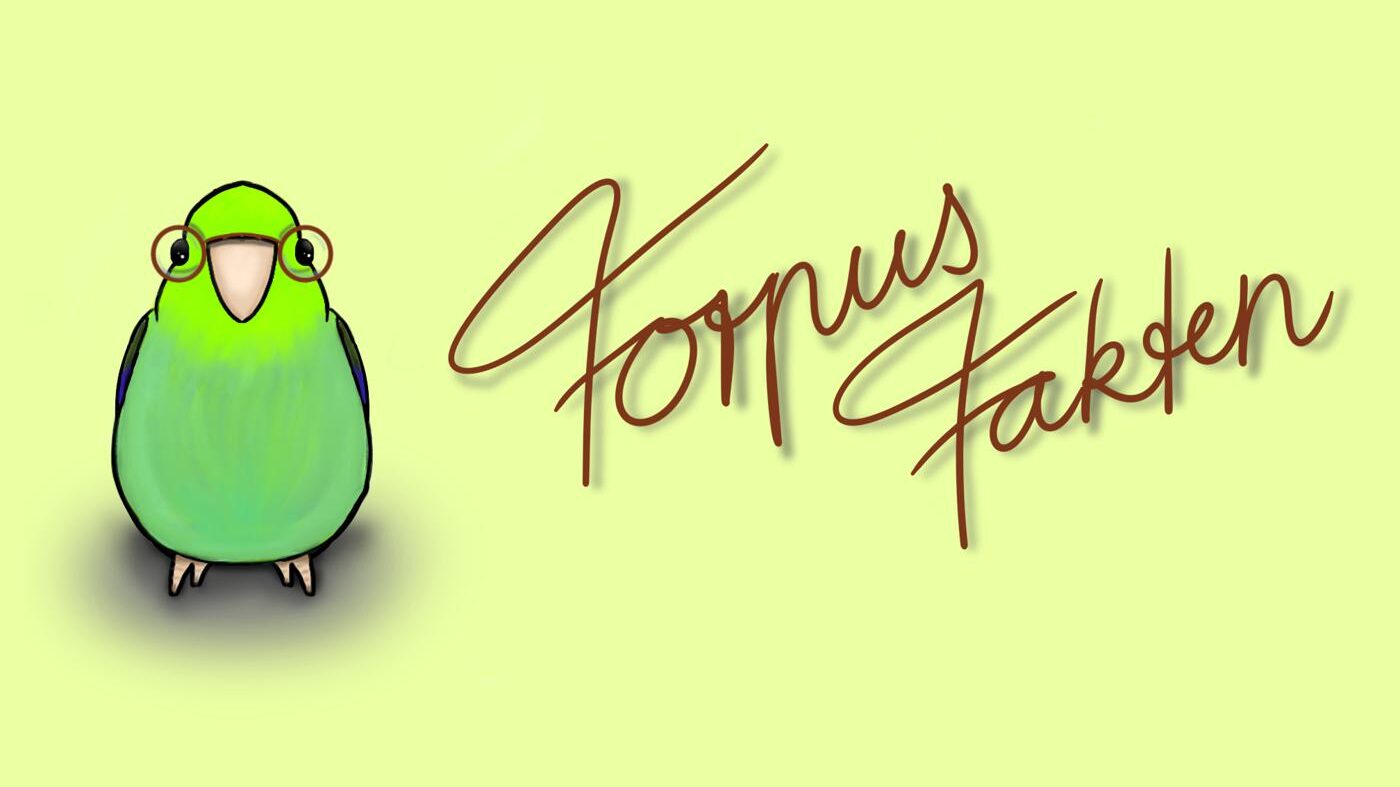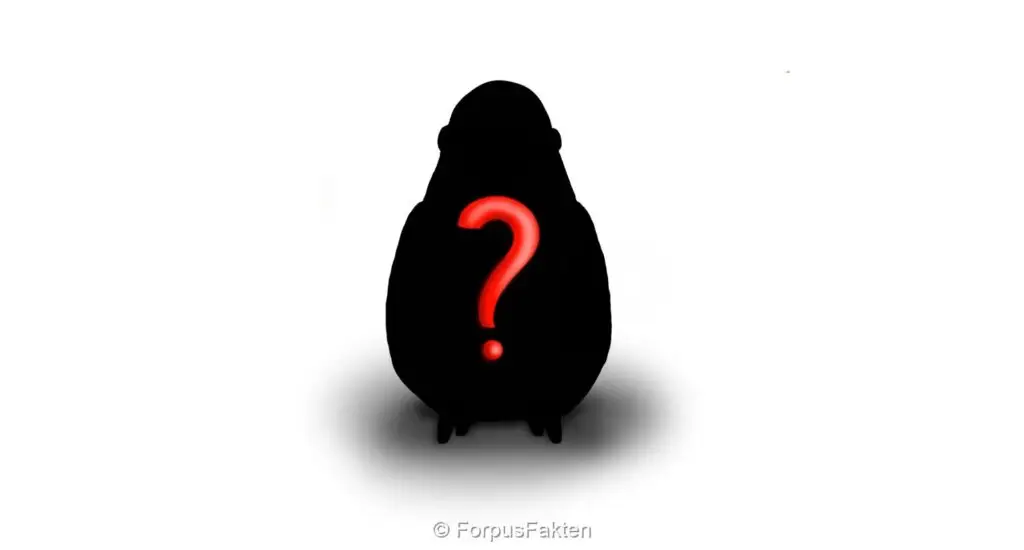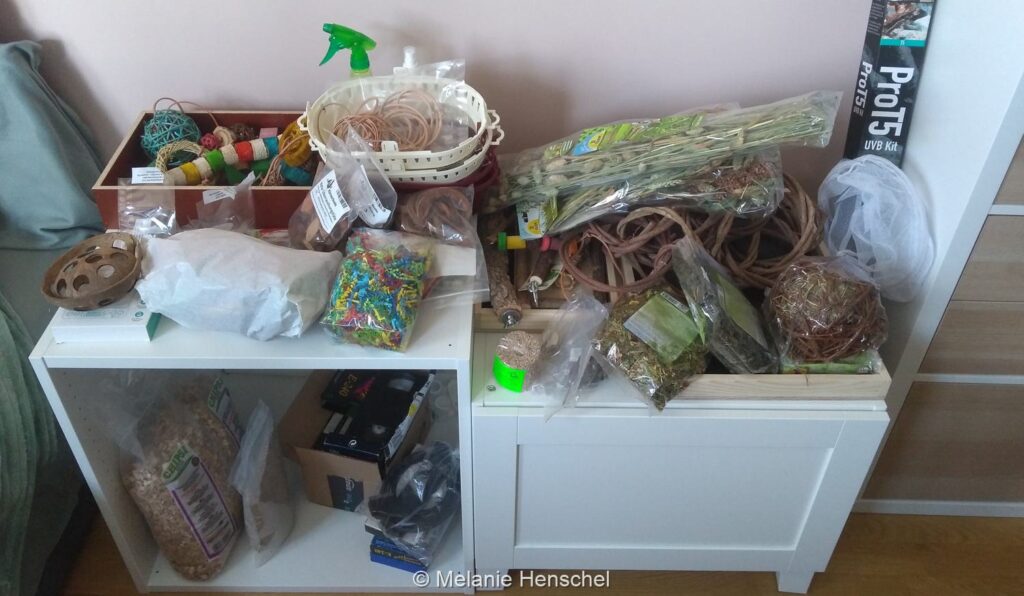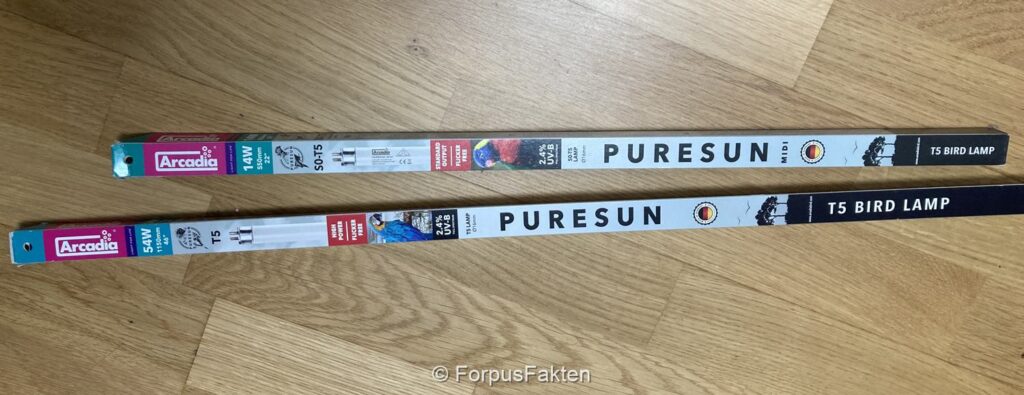Parrotlets are actually not a species of parrot but rather a whole group of species. Overall, according to latest research, nine species are part of the genus Forpus, that's the Latin name for parrotlets. You can find all scientific species profiles in the encyclopedia. This article however focuses on parrotlets as pets.
Parrotlets in general
Distribution
All parrotlet species originate in Middle and South America where they overall inhabit more arid regions than many larger parrot species. Although they also live in rainforests, they thrive in dry forests and shrub lands, too. For us as keepers this brings the advantage that parrotlets aren't quite as sensitive when it comes to indoor humidity as your typical rainforest dwellers. Nevertheless, just as all parrot species, they live in tropical areas near the equator. One the one hand, that means they need it warm (no lower than 15°C), and on the other, that they require a light cycle of 12 hours of light and 12 hours of darkness.
Parrotlets have been successfully bred outside their natural habitats for several decades now which is why, fortunately, there are hardly any more wild-caught animals in the trade. Therefore, they all fall under appendix B of the Convention on International Trade in Endangered Species of Wild Fauna and Flora (CITES B or CITES II) which means you won't have to register them with the authorities in Germany and Austria (except Vienna). Still, you need a proof of origin in conformity with CITES for every bird you keep and all birds bred here need a closed ring for identification. In case, for whatever reasons, your bird does not have one, an open ring of the respective breeders' association is valid as well. So always pay attention to ring and proof of origin/purchase when acquiring parrotlets!

Apprearance
All parrotlets are small (between 10 and 15 cm and around 30 g), short-tailed (especially noticable compared to budgies e.g.) and are green overall with blue markings (above all in males).
Biology and behaviour
All parrotlet species live in pairs (above all during breeding season) or in flocks of up to several hundred individuals. They all have similar calls which rather resemble sparrows than large parrots. Moreover, they all have in common that they are relatively quiet for parrots. With their biology and size they all have about the same requirements for keeping them as pets. Only when it comes to aggressiveness or territoriality, there are some differences but this mainly has implications for keeping them in flocks, more on that later. The less aggressive species are usually also quieter and shyer that the more aggressive ones.
Diet and foraging are very similar in all species and vary more according to the specific habitat and available food sources. Their diet consists of berries, fruits, seeds and occasionally other plant parts which are foraged in trees as well as on the ground. Wild parrotlets are very inventive, flexible and not choosy when it comes to food.
Due to their distribution and their diet, all parrotlets are non-migratory birds which do not (have to) fly large distances. This is reflected in their behaviour since parrotlets are apt and nimble flyers but on long distances (or several laps in a room/aviary) they tire quickly. Nonetheless they are active birds that need sufficient space to be able to live out their urge to move.
All parrotlet species are cavity nesters, i.e. they lay their eggs inside cavities in tree trunks, fenceposts, nests of other birds and suchlike. Clutch size varies between species and usually comprises between 1 and 7 eggs. Offspring are normally reared and weaned within a relatively short time period for parrots and juveniles reach sexual maturity between 6 and 12 months. Despite their short youth, parrotlets are relatively long-lived. In good human care they can easily reach 10 to 15 years or more. In the wild, their lives are usually cut short since such small birds fall prey to many predators.
Pacific parrotlets
The most commonly bred and kept species is the pacific parrotlet (Forpus coelestic), also called celestial parrotlet. My two parrotlets, Sunny and Milo, are also pacific parrotlets. Milo has the original plumage colours like his wild cousins and Sunny is a yellow mutation.
Distribution
In nature, this species lives at the pacific coast of Ecuador and north-western Peru. There they inhabit preferably dry lowland shrub and semi-open tropical deciduous forest. They also tolerate proximity to humans.
Apprearance
With a body length of appr. 13 cm and a body weight between 24 and 35 g, the pacific parrotlet belongs to the bigger representatives of its genus. Their plumage is mostly green. Males additionally have cobalt-blue colouring with a slightly violet hue on the undersides of their wings, the lower back and rump as well as lighter blue markings behind their eyes which grow paler and greyer towards the back of their heads. In females these markings are less bright.
Blaugenick-Sperlingspapageien sind in der Zucht sehr mutationsfreudig und sind daher mittlerweile in einer Vielzahl verschiedener Farben erhältlich. Hier rate ich jedoch zur Vorsicht. Zur Zeit entstehen neue Farbschläge in einer rasanten Geschwindigkeit. Allerdings kommt es häufig vor, dass Farbmutationen gemeinsam mit anderen, schädlichen Genveränderungen vererbt werden. So ist es z.B. bei Hunden bei der aktuell so beliebten Merle-Zeichnung der Fall, hier weisen Welpen von zwei Elternteilen mit dem Merle-Faktor Fehlbildungen der Augen und/oder des Innenohrs auf und werden somit seh- und hörbehintert. Bei Papageienvögeln sind derartige gesundheitlichen Einschränkungen ebenfalls bereits aufgetreten (z.B. Nymphensittichen des Farbschlags „Silber“; Radtke 1989). Ob und wie solche Gefahren auch bei Sperlingspapageien-Farbschlägen existieren, ist vor allem bei neueren Mutationen noch nicht abschätzbar. Bei manchen Mutationen wird von gesundheitlichen Anfälligkeiten sogar schon explizit berichtet, z.B. bei sogenannten Falben (helle Färbung mit roten Augen). Hinzu kommt noch, dass viele Farbmutationen absichtlich oder unsichtbar (Spalterbigkeit) miteinander kombiniert werden. Eventuelle Wechselwirkungen zwischen verschiedenen Mutationen sind dabei nicht hinlänglich bekannt.
Therefore, I recommend preferring wildtype coloured pacific parrotlets. However, I must also state that pure (i.e. homozygotic) wildtype birds are actually very rare. Because of the many different colour mutations, most green pacific parrotlets are actually heterozygotic, i.e. they invisibly carry gene copies for other colours in them. If you decide for colours other than the original green, I recommend choosing older colour variations and such with only one underlying mutation instead of a combination of several. Blue and US-yellow birds are examples for older colour variations with only one underlying mutation each. (You can read more on the topic of colour variations, mutations and colour heredity in my guest article at the parrotlet blog.)


Biology and behaviour
Pacific parrotlets are the most aggressive or territorial representatives of their genus. That is why even in the wild they move about in pairs rather that flocks, especially during breeding season. Therefore, as pets, they are most easily kept in pairs. If you want a flock, you should keep at least three pairs but you will need a lot of space and the possibility to separate pairs temporarily or indefinitely if necessary. Thus, keeping pacific parrotlets in flocks is not advisable for beginners.
Due to their character, this species is hard to socialize with other parrot species. A mixed harmonious flock if a matter of luck and smaller, more peaceful species (e.g. budgies or cockatiels) aren't suitable at all because they easily fall victim to injuries and even death.
Spectacled parrotlet
The specacled parrotlet (Forpus conspicillatus) is a also relatively common amongst keepers and breeders.
Distribution
Spectacled parrotlets can can be found from eastern Panama, across Colombia up to the borders with Venezuela. There, they inhabit dry or wet tropical forests and heavily degraded former forests.
Apprearance
With a body length of appr. 12-13 cm and a weight of 24 to 28 g, the spectacled parrotlet is slightly smaller than the pacific parrotlet. They are green overall as well and also share the cobalt-blue plumage under the wings and on their lower back and rump in males. However, instead of the blue stripe behind the eye, they have a blue ring around the eye, giving them the look of wearing blue spectacles, and their name.
For this species, four additional subspecies are differentiated. If you want to know more about that, have a look through the species encyclopedia.
For this species, there are also first reports of other colour variations. The same advice of caution applies here as well though. With spectacled parrotlets there are even discussions whether colour variations may only have been created through cross-breeding with pacific parrotlets. Such so-called hybridisation (i.e. breeding two different species with each other) bears even higher genetic risks than breeding mutations.
Biology and behaviour
Spectacled parrotlets are a little quieter and more gregarious than pacific parrotlets. In the wild, they can be found in flocks of up to 100 individuals or more. Though in human care, they can just as well be kept in pairs, they are also suitable to be kept in flocks. Nonetheless, you should start with three pairs here as well.
Socializing them with other species is easier here but you should choose larger species nonetheless.
Green-rumped parrotlet
The green-rumped parrotlet (Forpus passerinus) is quite rarely kept as pet. Nevertheless, you can find hobby breeders relatively easily.
Distribution
This species originates in northern Colombia, northern Venezuela and Brazil. They prefer semi-open lowland like riparian forest, secondary vegetation, brambles and cactus shrub, as well as mangroves.
Apprearance
Green-rumped parrotlets are one of the smaller species and reach 12-13 cm and 20-28 g. Their mostly green plumage has much less blue markings under the wings in males, the lower back only has a blue tinge. This species exhibits no face markings at all but females have a yellowish forehead.
For this species, four additional subspecies are differentiated. If you want to know more about that, have a look through the species encyclopedia.
Biology and behaviour
Green-rumped parrotlets are much quieter and shyer than pacific parrotlets. They can be kept in pairs or flocks, careful socialization with other parrot species is possible as well.
Other species
In general, almost all parrotlet species are kept and/or bred in Europe, however, apart from the three species described above, only rarely. The other parrotlet species are:
- Dusky-billed parrotlet (Forpus modestus)
- Mexican parrolet (Forpus cyanopygius)
- Turquoise-winged parrotlet (Forpus spengeli)
- Riparian parrotlet (Forpus crassirostris)
- Cobalt-rumped parrolet (Forpus xanthopterygius)
- Yellow-faced parrotlet (Forpus xanthops)

Sources
Collar, N. and P. F. D. Boesman (2023). Spectacled Parrotlet (Forpus conspicillatus), version 1.1. In Birds of the World (B. K. Keeney, Editor). Cornell Lab of Ornithology, Ithaca, NY, USA. https://doi.org/10.2173/bow.spepar1.01.1
Collar, N., P. F. D. Boesman, and G. M. Kirwan (2020). Pacific Parrotlet (Forpus coelestis), version 1.0. In Birds of the World (J. del Hoyo, A. Elliott, J. Sargatal, D. A. Christie, and E. de Juana, Editors). Cornell Lab of Ornithology, Ithaca, NY, USA. https://doi.org/10.2173/bow.pacpar2.01
Collar, N. and P. F. D. Boesman (2020). Green-rumped Parrotlet (Forpus passerinus), version 1.0. In Birds of the World (J. del Hoyo, A. Elliott, J. Sargatal, D. A. Christie, and E. de Juana, Editors). Cornell Lab of Ornithology, Ithaca, NY, USA. https://doi.org/10.2173/bow.grrpar1.01
Jörg Ehlenbröker, Renate Ehlenbröker & Eckhard Lietzow: Agaporniden und Sperlingspapageien: Edition Gefiederte Welt. Ulmer, Stuttgart 2010, ISBN 978-3-8001-5431-9
Radtke, G. A. (1989): Nymphensittiche. Eugen Ulmer, Stuttgart.







